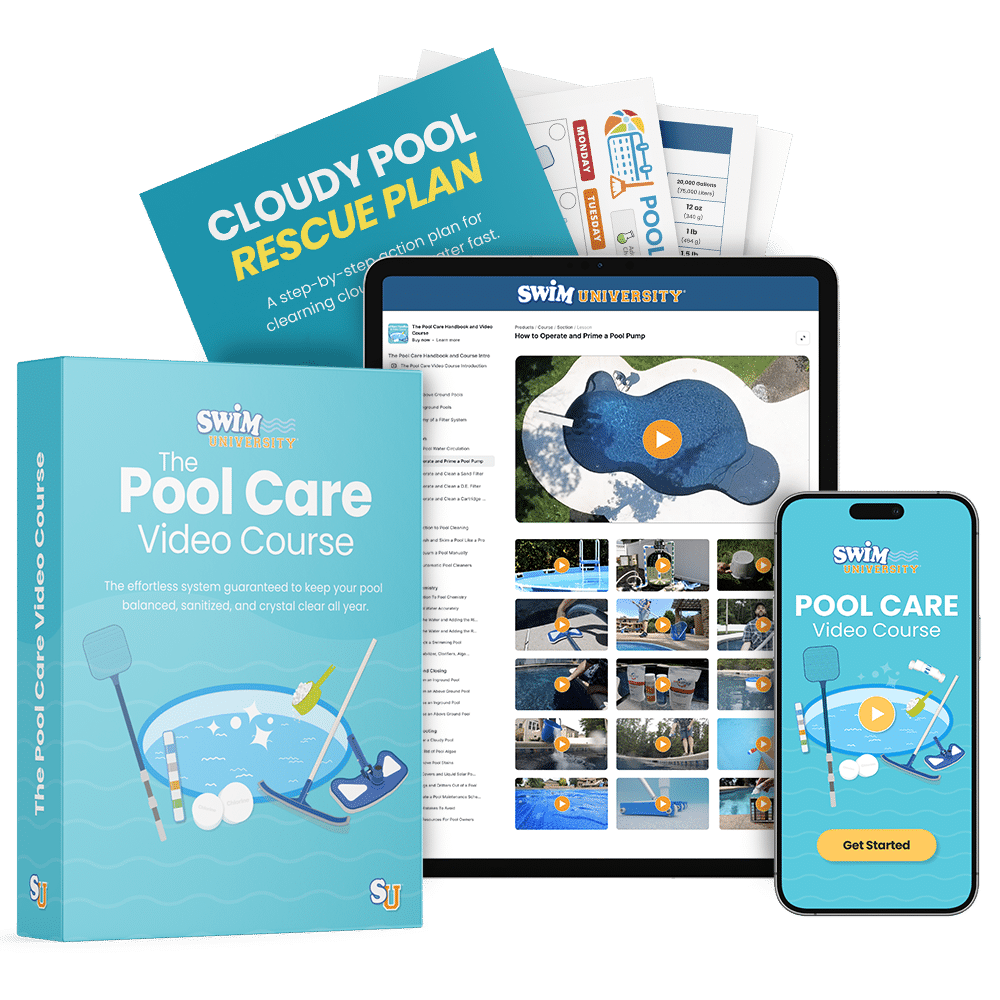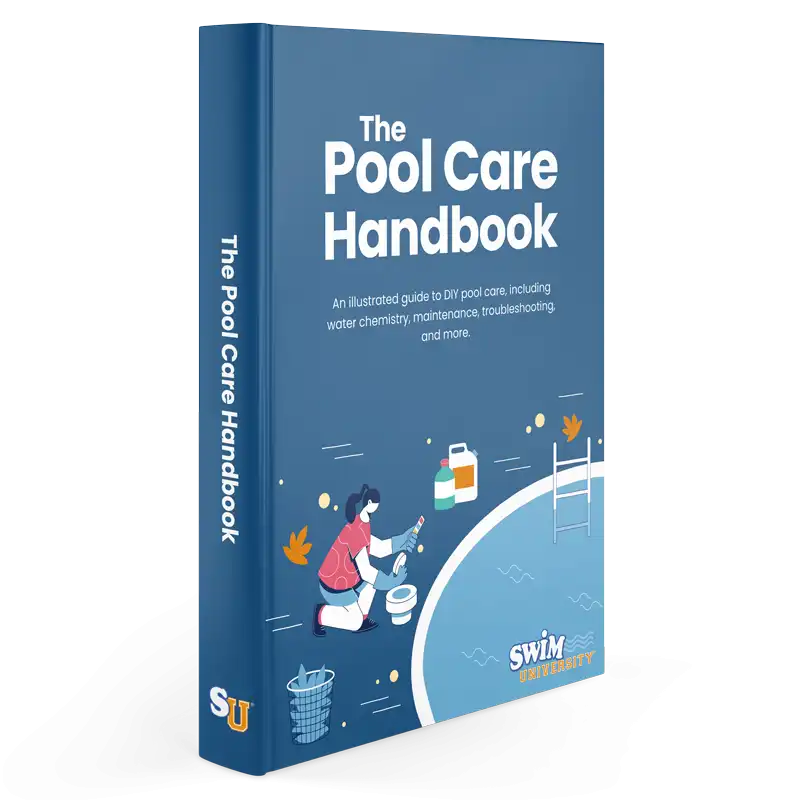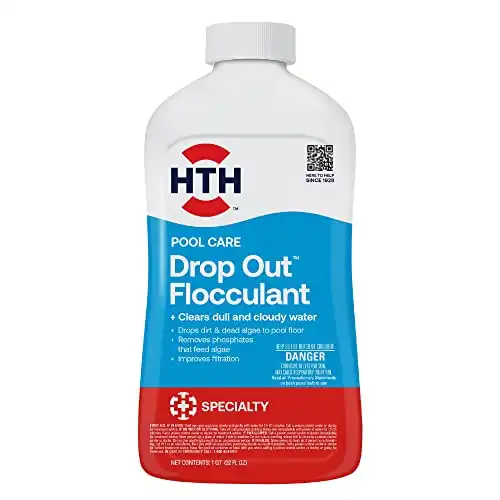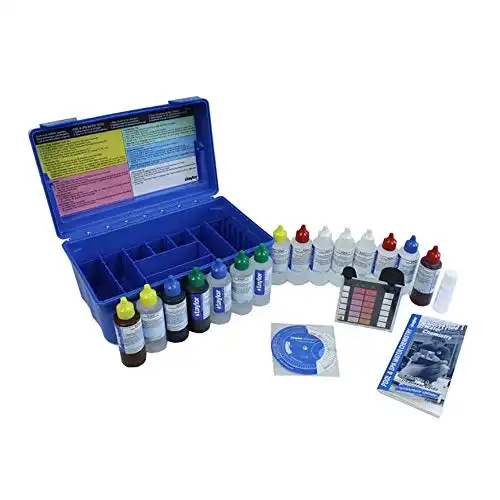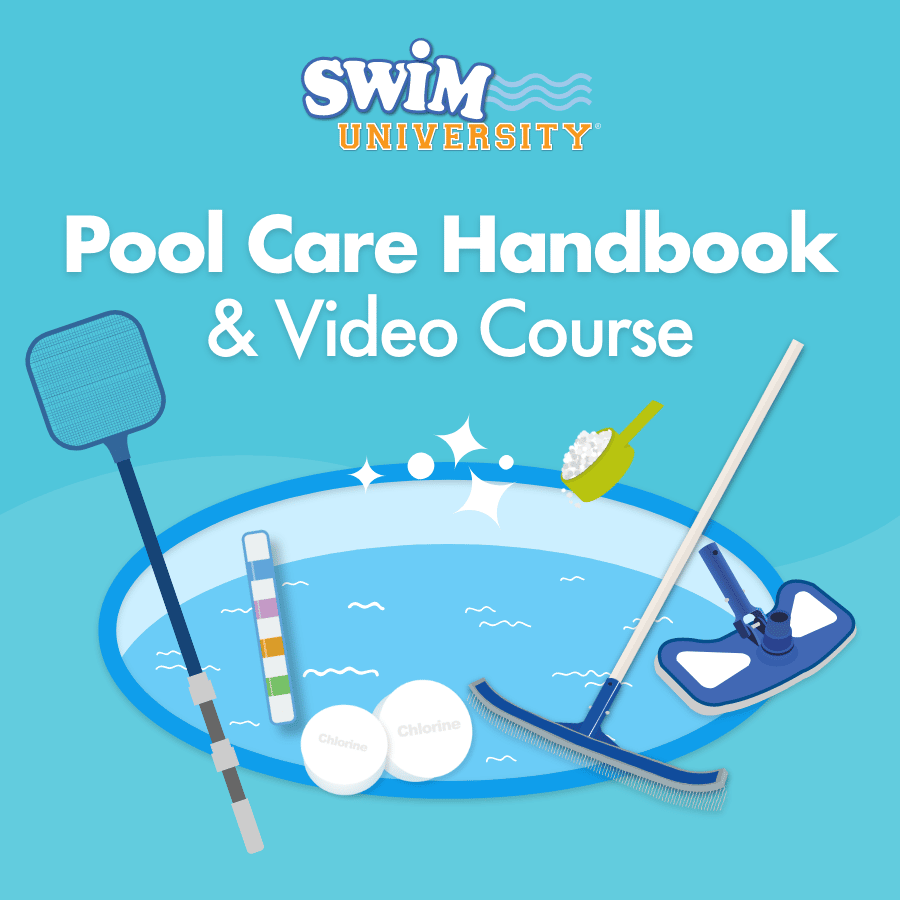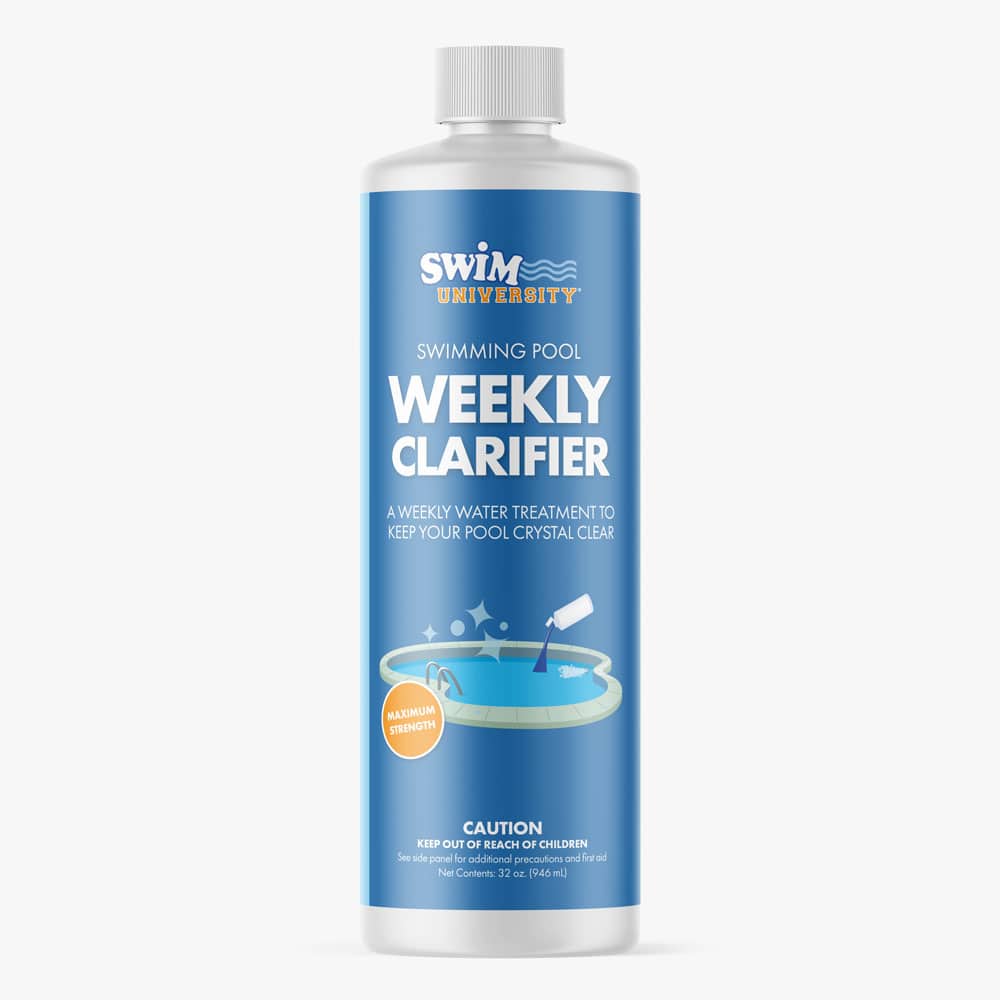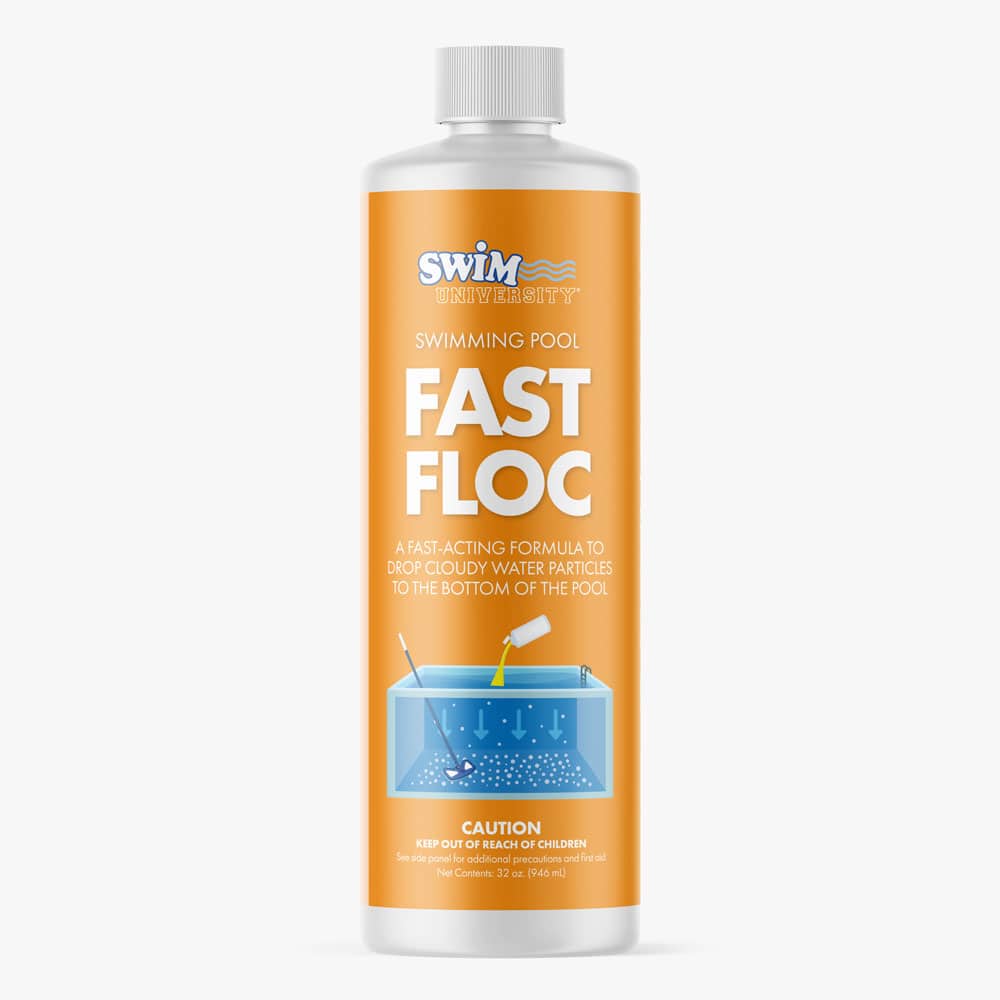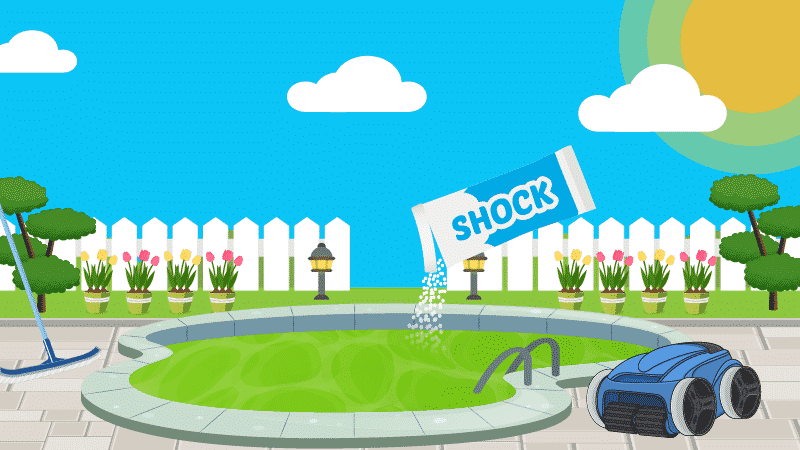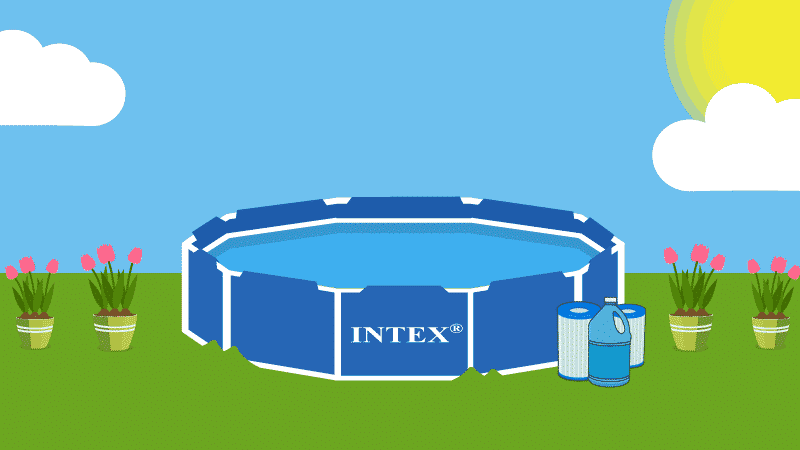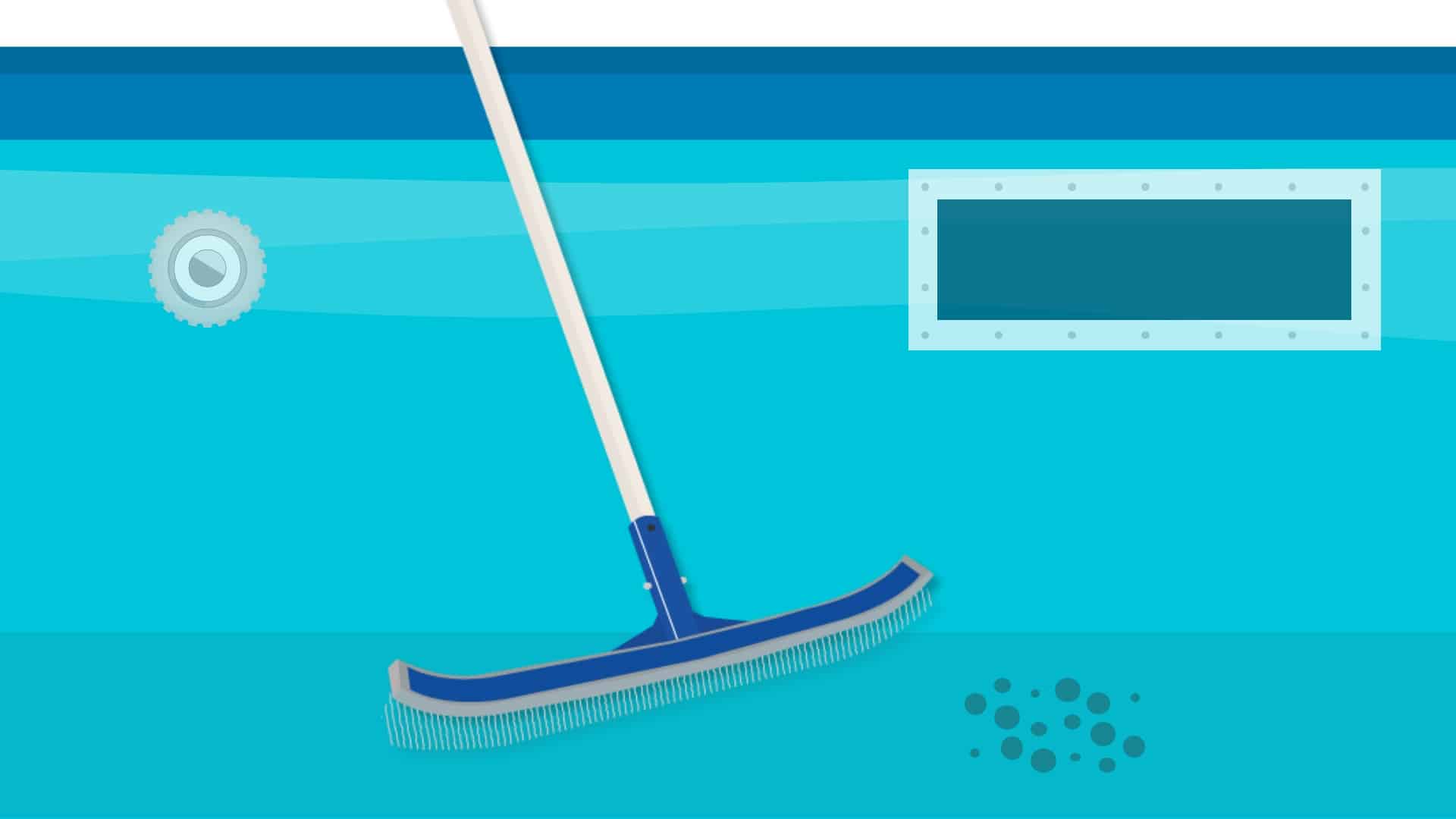Your swimming pool needs regular maintenance. That’s why it pays to develop a strong basic understanding of pool maintenance essentials, whether you have an inground, above-ground, Intex®, or saltwater pool.
When you know how your pool works, the best ways to care for it, and how to plan for it, you’ll be ready to solve just about any potential pool problem that floats your way.
Good Pool Maintenance Begins with Knowing Your Pool
Before you can properly enjoy or care for your pool, you might need to brush up on all the parts of your pool. Knowing the basic parts of your pool and their functions helps you keep everything running smoothly—and makes it easier to resolve issues when they occur.
Are you looking for a full, in-depth video course on swimming pool maintenance? Check out The Pool Maintenance Video Course and become a pool care master so you can effortlessly keep your water clean and clear all season.
Cut the confusion with our easy-to-use video course. Save $1,000's on pool care and keep your water clean and clear for good!
Get Instant AccessThe Basic Components of a Swimming Pool
Every type of swimming pool has four components that need regular care. These include:
1. Pool Water
It might seem like a no-brainer, but the water in your pool is key to lasting pool happiness. Keeping it clean, clear, and balanced protects you and your family from contaminants and pollutants. It also helps you avoid costly hardware repairs due to corrosion or mineral build-up and helps your whole pool last longer.
2. Pool Interior
The walls of your pool liner are in constant contact with pool water and everything that enters it. Keeping these surfaces in good repair and clear of algae, mold, and debris will help keep your pool clean and safe.
3. Pool Filter System
The pumping heart of your pool is also its liver. OK, that sounds a little weird. But think about it: your pool pump draws water keeps your water circulating, like your heart does with your blood. Your pool filter clears dirt and other contaminants from your water just like your liver filters last night’s cheese fries from your blood.
Both protect you and your pool from harm. Without a functioning filter system, your pool will soon be cloudy, polluted, and unswimmable.
Depending on your setup, you might have a cartridge filter, a sand filter, a diatomaceous earth (D.E.) filter. Or, if you have a salt water system, a salt water chlorinator.
4. Pool Skimmers and Returns
If your pool’s filter is its liver, then your skimmers and returns are its veins and arteries. Your skimmers—not to be confused with a net skimmer, the cleaning tool attached to a telescoping pole—pull water into the filter for cleaning while the returns push the cleaned water back into your pool. And like your veins and arteries, they work best when they’re clean and clear of obstructions.
No two pools are alike, and you’ll no doubt encounter pool maintenance challenges specific to your pool as time goes on. But if you’ve got a firm grasp on these four pool components, you’ll be well-equipped to face most upkeep challenges.
This is the ultimate guide to keeping your pool sparkling clean throughout the year. It's a 335-page fully illustrated paperback book that contains everything you need to know about taking care of your pool the right way.
The Three C’s of Proper Pool Maintenance
The foundation of effective pool care is built on three simple but important concepts: circulation, cleaning, and chemistry.
1. Good Water Circulation
In your pool, moving water is cleaner, clearer, and safer. Proper pool circulation is key to healthy and safe swimming.
A pool with good circulation rarely has issues like cloudy water or pool algae infestation. To maximize circulation, keep your pump and filter system running daily.
How long should you run your pool pump? Ideally, 24 hours a day, 7 days a week. But since that’s not feasible for everyone’s budget or equipment, we recommend running your filter at least 10 to 12 hours a day. That’ll turn the water over a few times and help keep your pool safe and clean.
The other key component to good pool circulation is frequently backwashing your filter. Backwashing refers to reversing the flow of water through your filter and shunting the dirty water and built-up contaminants to the waste port, carrying them out of your pool.
If you’re not sure how to clean a pool filter, it’s imperative to learn and make it part of your regular pool care routine.
Tip: If your pool has a sand filter, add a cup of D.E. powder to boost its filtering power. Cloudy water will clear more quickly as the D.E. aids your sand filter in straining fine particles.
2. A Pool Cleaning Schedule
If it has proper circulation, you’ve already made cleaning your pool much easier. But you’ll still need to apply some good old-fashioned elbow grease. The basic tools you’ll need are:
Both Mother Nature and the folks using your pool bring all sorts of wild and wacky things into your pool, from leaves, mold, and the odd duck or frog to residues from shampoos, perfumes, and hair products. Add in the risks of bacterial contamination, and cleaning your pool becomes an absolutely essential part of safe swimming.
Skim, brush, and vacuum your pool weekly, at a minimum. This will keep debris out of your water, and your walls sparkling clean. Baking soda paste works particularly well as a basic scouring cleaner that won’t damage delicate tile or a vinyl liner when you brush.
An automatic pool cleaner can significantly cut your pool cleaning time. It won’t eliminate the need for regular skimming and brushing, but it’ll make both tasks easier, freeing you up to spend time enjoying your pool instead of cleaning it.
You can also make your cleaning life easier with a few unorthodox additions to your pool. Toss a few tennis balls into your skimmer basket or even right into the pool, and they’ll absorb surface oils left behind by suntan lotion, cosmetics, etc. You can also wrap your skimmer baskets with pantyhose to create an extra-fine filter that’ll catch more contaminants than a skimmer alone.
Replace both the tennis balls and the pantyhose when they start to show signs of wear.
Tip: If you have an inground pool, the drains built into the bottom of the deep end will help pull water into the filter and make it easier to clear debris loosened during cleaning. Above-ground pools don’t have these drains, but you can get the same water-clearing boost with a manual pool vacuum.
Attach your vacuum to your filter system and place it in the middle of your above-ground pool, making sure the vacuum is upside down. Turn it on, and it’ll act as a main drain to help you clear cloudy water more quickly.
You can also clear cloudy pool water quickly with flocculant. But remember, that treats the symptom, not the cause, so it’s only a temporary fix. Click here to find out more about using
A fast-acting formula that drops cloudy water particles to the bottom of the pool so you can vacuum it out. Safe for all pools.
3. Balancing Your Water Chemistry
Step away from the Bunsen burner. Pool chemistry might sound intimidating and complicated, but you don’t have to worry. While it is an essential part of effective pool maintenance and water care, basic pool chemistry is surprisingly straightforward.
The most important tool in your bag of water care tricks is your water testing kit. You wouldn’t season your stew without tasting it. Before you reach for the chemicals, do some pool water testing. Understanding what’s in your water is the first step to balancing it.
The three most important parts of pool water chemistry are:
- pH levels: The measure of how acidic or basic your pool water is. Low pH levels are acidic, while high levels are basic. The ideal range for your pool is 7.4 to 7.6.
- Alkalinity: It works as a pH buffer and helps avoid huge spikes in basicity or acidity. The ideal range is 100 to 150 parts per million (ppm). You can use baking soda to increase your pool’s alkalinity level.
- Sanitizer levels: The amount of chlorine, bromine, etc., in your pool water. Proper levels vary depending on which type of sanitizer you choose.
Once you know your pH, alkalinity, and sanitizer levels, you can start adding chemicals to tweak your water balance. Take your time, follow all the directions, and be sure you know what each chemical does and how it’ll affect the water and the folks who swim in it before you add it.
A simple but effective liquid test kit for chlorine pools and hot tubs.
Don’t Forget to Add Pool Shock!
Every once in a while, your sanitizer needs a little help, especially after a rainstorm or if a lot of people have been using the pool. To make sure your pool stays clean even when the sanitizer is maxed out, add pool shock on a regular basis.
Always Shock Your Pool at Night
If you shock during the day, the sun’s ultraviolet rays will eat up the chlorine before it has a chance to do its job. Add the shock to your water, then run the pump for at least eight hours to make sure it’s fully circulated.
Create a Maintenance Schedule
As you learn more about your pool and how to care for it, your to-do list might start to seem a little intimidating. Creating a pool maintenance schedule makes it easy to stay organized and make sure important tasks don’t slip through the cracks.
Not only will you be able to stay on top of basic upkeep, but you’ll be able to plan ahead for more advanced pool maintenance tasks like closing your pool, caring for it during the off season, or getting your swimming pool ready to roll when pool season returns.
Keep it Simple
Write down your pool maintenance schedule and tape it on the wall, fridge, or even somewhere near your swimming pool. If others in the household are available on certain days to do some of the simple maintenance tasks, jot down a name beside each task and share the workload.
3 Tips for Vacation Pool Maintenance
Since most of our readers take summer vacations and own swimming pools, I figured I would share a few tips for vacation pool maintenance. I used to get asked this question a lot when I worked at the pool store. It’s not as hard as you might imagine.
1. Find a Neighbor or a Friend
This is the key to success when it comes to keeping your swimming pool clean while you’re away.
The ideal candidate is someone who owns a pool themselves. They should already know what to do. Tell your friend or neighbor to check on the pool once a day and provide them with a simple checklist, including:
- Empty the skimmer basket(s)
- Skim the surface of the pool
- Check the filter pressure (backwash if needed)
- Test the water with a test kit or test strips
- Add any necessary chemicals (only if they know what they’re doing)
2. Get A Pool Pump Timer
Hopefully, your pump already has a timer. If not, I would invest in one. They are a crucial part of proper pool care.
Set the timer to run the pool at least 8 to 12 hours a day. If you can split up the times, great! If not, it won’t be a problem for it to run 24 hours a day. Running your pump and filter is very important to keep your pool clear, and it’s better to leave a timer in charge rather than a human.
3. Get Your Water Checked Before You Go
Take a sample of your pool water to your local pool store and get it professionally checked.
When you get it checked, correct any issues before you go. You want to make sure that your pH and alkalinity are properly balanced and that your sanitizer levels are correct.
- pH: 7.4 to 7.6
- Alkalinity: 100 parts per million (ppm) to 150 ppm, with 125 ppm being ideal
- Calcium Hardness: 175 ppm to 225 ppm, or 200 ppm to 275 ppm for concrete and plaster pools
- For Chlorine Pools: 1 ppm to 3 ppm
- For Bromine Pools: 3 ppm to 5 ppm
- For Biguanide Pools: 30 ppm to 50 ppm
- For Salt Water Pools: 0.5 ppm of chlorine
- For Mineral System Pools: 0.5 ppm of chlorine
Also, make sure your pool is clean and crystal clear before you leave.
Come on In, the Water’s Fine—Thanks to You
Owning a swimming pool is one of the most rewarding ways to enjoy fun in the sun at home. Yes, it needs regular care, but that doesn’t mean you’ll spend your life shackled to a vacuum or fiddling with your chemistry set.
In fact, when you know how your pool works, understand the care it needs and plan ahead, you might find yourself taking pride in your pool care prowess. You’ll enjoy not just your swim, but the peace of mind that comes with regular and thorough pool maintenance.
Happy Swimming!
Here Are 3 Ways to Get More Pool Maintenance Help
- Download our FREE Pool Care Cheat Sheet: It’s a free, easy-to-use guide to help you keep track of taking care of your pool.
- The Pool Care Course: You’ll get 30+ step-by-step videos and a downloadable guide with everything you need to know about pool maintenance.
- The Pool Care Handbook: It's an illustrated guide to DIY pool care, including water chemistry, maintenance, troubleshooting, and more.







